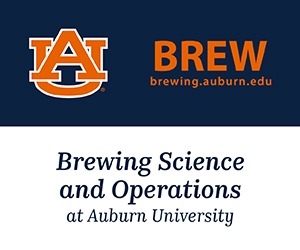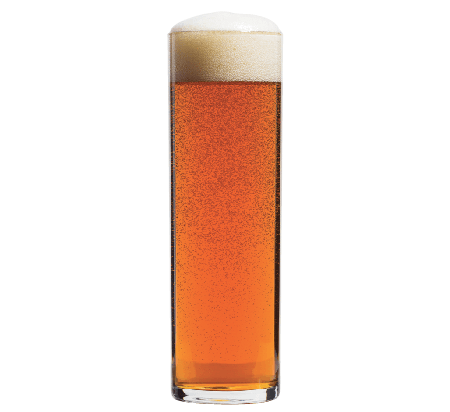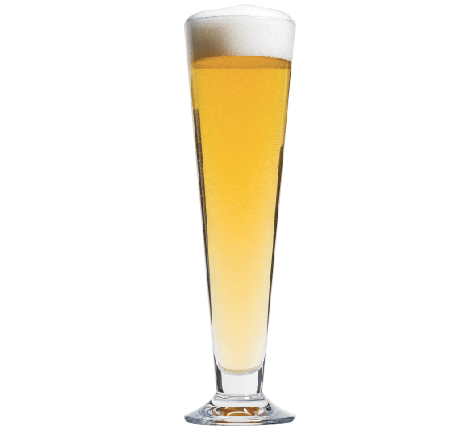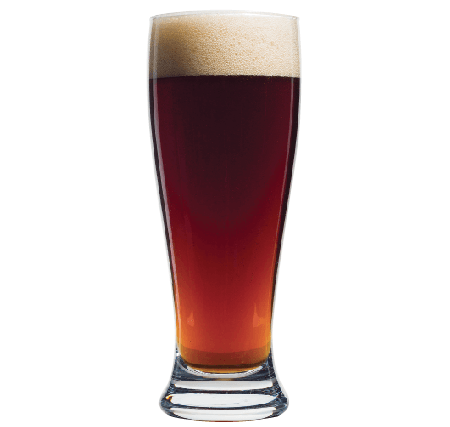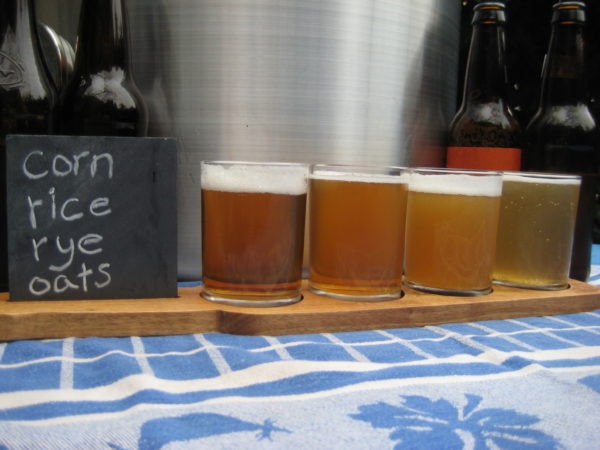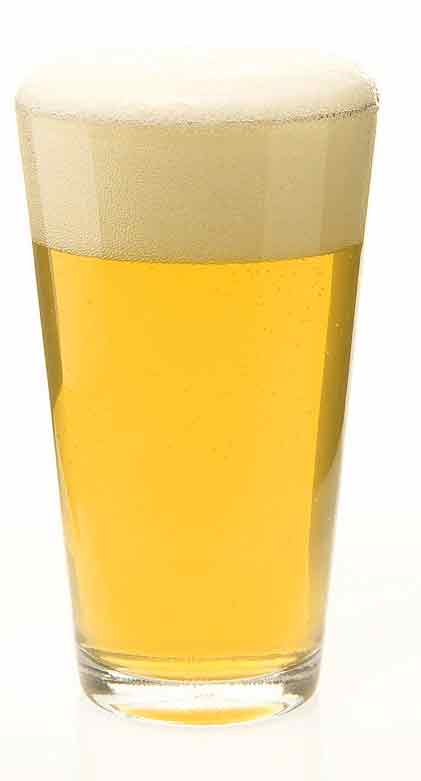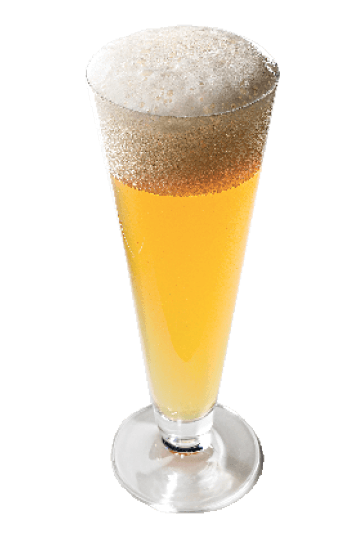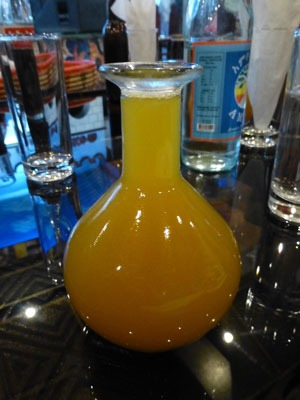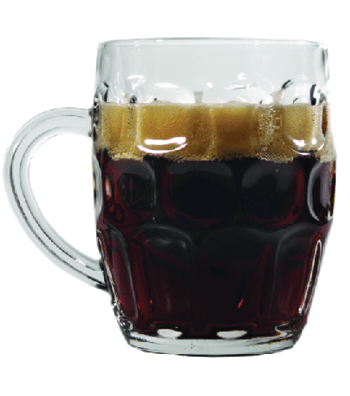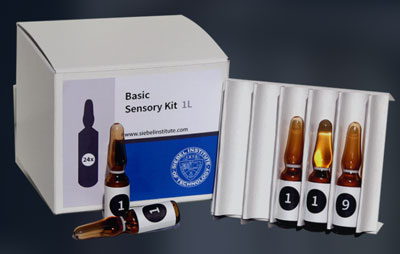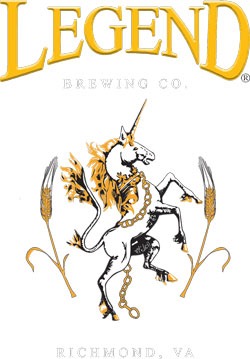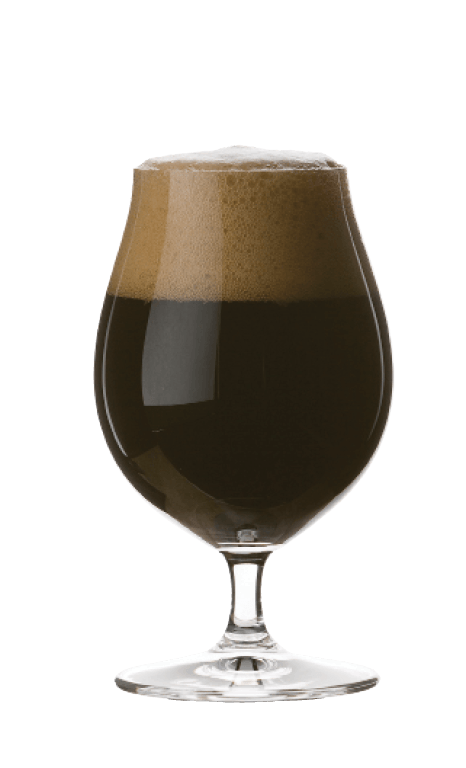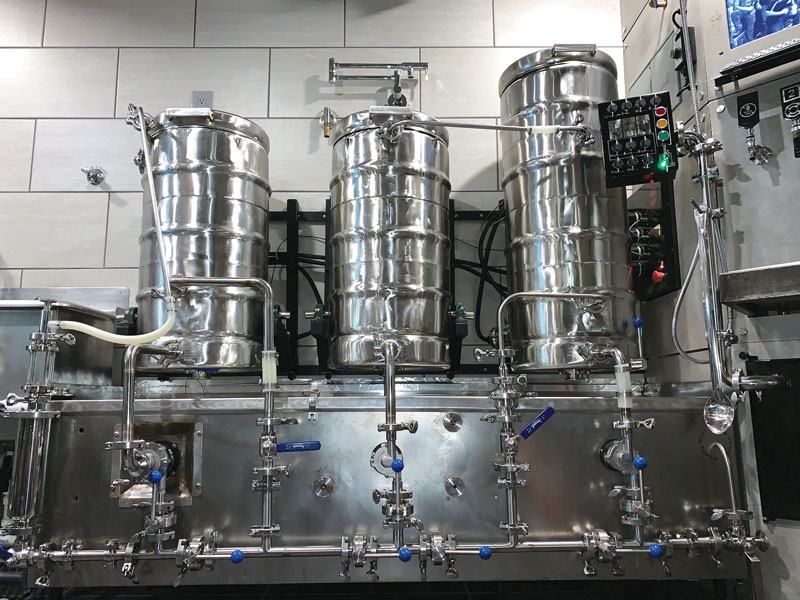May-June 2018
Article
Concentrate to Ice Cider
Who says you need fresh apples to make ice cider? With a few adjustments, you can make this dessert-style cider from frozen apple juice concentrate (of course, you can add fresh juice too, if you like).
Article
10 Keys to Nano Success
Ever considered making your homebrewing hobby a career? Starting a nanobrewery is a popular trend that markets to a hyper-local niche. Before making the leap, consider these 10 keys to success.
Recipe
Cologne Kölsch
The word Kölsch has several connotations in the German language. If used as a noun, it refers to the distinct Cologne dialect and accent. As an adjective, it means “anything from Cologne.” Thus, it is a local joke that Kölsch is the only language that you can also drink!
Article
Take Me to Your Liter
One of the things that makes drinking beer in Germany unique from North America is that depending where in the country you are, the beer style you find will be different. Take a beer-style tour of Germany to discover some of the most notable German beer styles (plus recipes) and the regions they come from.
Recipe
Düsseldorf Altbier
The grain bill of the classic copper-colored altbier — which is internationally also known as a German Brown Ale — is almost Munich-like, but with a slightly less “caramelly” character than a Märzen, and less dark than a dunkel. It differs from a Munich brew, however, in its much more pronounced hoppiness. This creates a wonderful blend of malt-and-hop aromas in the finish, which is often described as bitter-sweet. The uniqueness of this beer — an ale after all — comes from the clean fermentation of a relatively cold-tolerant, top-fermenting specialty yeast.
Recipe
German Pils
This beer is hearty but very drinkable. It is hop-spicy upfront, with a solid mouthfeel and a crisp finish. Many German breweries nowadays make a Pils with much less hop character and a lower gravity than specified here, but this recipe is closer to the original guidelines for making this beer as it might have been brewed in the 19th century.
Recipe
Thuringian Schwarzbier
De-husked roasted malts like Carafa® III are an ideal solution to darken the color of schwarzbiers as they don’t have any sharp acrid notes as highly kilned malts do. This makes a surprisingly smooth dark lager.
Recipe
Munich Helles
The bittering hop selected here is the Mittelfrüh-like, daughter of Hallertau Gold, Tradition with a nominal average alpha acid rating of 5.5%. It has gentle fruity notes. However, any other German noble hops would work as well. The flavor and aroma hops are, fittingly, Mittelfrüh.
Recipe
Munich Dunkel
Authentic dunkels rely on Munich malts to provide color, without the roastiness or burnt flavors often associated with darker beers.
Article
Raw Ale
A whole other type of beer exists in northern Europe known as “raw ale.” It is not so much a style, but rather a technique. The major feature that sets raw ale apart is that it is never boiled. Learn the history, stories, and techniques behind raw ale.
Recipe
Paavo Pruul’s koduõlu (western Estonian farmhouse ale)
A raw ale (no-boil) Estonian farmhouse beer.
Recipe
Terje Raftevold’s kornøl (Northwest Norwegian farmhouse ale)
A raw ale (no-boil) farmhouse ale recipe.
Article
Liquid and Solid Bread
Fresh baked bread and homebrewed beer have a lot in common, including ingredients. In fact, you can even use the same grains and yeast from your brew session again to make bread.
Recipe
Dream Cream Ale
With such a high percentage of flaked grains, some rice hulls maybe a good addition to the mash in order to help loosen things up.
Recipe
It’s Fun to Stay at the RyeMPA
It’s Fun to Stay at the RyeMPA (5 gallons/19 L, all-grain) OG = 1.075 FG = 1.015 IBU = 60 SRM = 10 ABV = 8% Ingredients 10 lbs.
Recipe
What Gose Around
A Gose recipe utilizing freshly cracked coriander to provide citrus/herbal kick. Recipe from professional chef and culinary consultant Mark Molinaro.
Article
Brewing With Wine Yeast
Wine yeast ferments wort differently when compared to brewer’s yeast, but that doesn’t mean brewers can’t use them. Michael Tonsmeire offers some tips and ideas for their use.
Article
Introduction to Parti-Gyle Brewing
Why only get one beer per brew session when you can get two? Parti-gyle is a historic technique that is rarely utilized thses days by professional brewers, but one that homebrewers can easily add to their brewing quiver.
Recipe
Parti Like It’s 1700
Parti-gyle is an under-utilized technique in the brewing world, which is capable of producing multiple beer types during a single brew day. Here is a recipe from Aaron Hyde outlining a parti-gyle recipe which uses a 1⁄3 and 2⁄3 split of the mash, with the smaller volume Wee Heavy collected first and the larger volume Scottish Export being collected second.
Recipe
Gordon Strong’s Maibock
“As with other German lagers, this style is best when it is understated — elegant, clean, impeccably crafted, well-lagered, and unobtrusive. This allows the quality of the ingredients to show themselves in the finished product, and the beer itself to be nicely drinkable despite the strength.” – Gordon Strong
Article
Maibock / Helles Bock
After an excursion into some newer, emerging, or little-known styles, I’m returning to talking about some old favorites — in this case, Maibock, also known as helles bock. Before we talk about
Article
Beer Sensory Training and Homebrew Tips: Mr Wizard
Q I’ve researched a few kits to help in training a brewer to recognize off-flavors in homebrew, but I’ve also heard that you can make a less expensive kit yourself for a
Mr. Wizard
Wedding Stout Ideas
I have been holding this question for several months, scratching my head each time I read it. I now have a pretty good answer that I hope is not too late to
Mr. Wizard
Mr Wizard’s Top Homebrewing Tips
Wow, nothing like an open-ended question! I do have a single thought about brewing that influences my general approach, and that is to keep brewing processes as simple as possible unless there
Mr. Wizard
Training Your Palate – Beer Sensory
I have used kits and commercially available beers for flavor training, and they both have pros and cons. I like to use color as an example when explaining the challenges involved in
Article
Decoction Decoded: Tips From the Pros
Decoction mashing carries a unique legacy to it, both good and bad. On the one hand, many brewers the world-over attest to the fact that the technique enriches the malty character of beers and cannot be mimicked. On the other hand, many brewers think that with today’s malts, they find the technique dated and of little use to them. We decided to hear from commercial brewers who do utilize this mashing program.
Project
Pipe Fermenter
This DIY fermenter made from a pipe is meant to simulate the high hydrostatic pressure of a commercial brewery’s cylindroconical fermenter.
Recipe
Legend Brewing Co.’s Utebier clone
“The term Utepils translates from Norwegian loosely into ‘the beer you enjoy outside on the first warm day of springtime’. We obviously brewed an ale, not a Pilsner, but wanted the beer to mimic the refreshing quality while still being full-flavored.” – John Wampler; Brewmaster at Legend Brewing Co.
Article
Legend Brewing Company: Replicator
Dear Replicator, Could you please provide a recipe for Legend Brewing Company’s Utebier? I came across this beer on a whim and scored many great points with my wife. I was looking
Article
Brewers’ Lingo – Understanding Yeast Talk
Here we present some yeast lingo explained for the layman/normal human being.
Project
Tap Cleaning System
Clean multiple beer lines in a fraction of the time. The best technique for cleaning beer lines utilizes a submersible pump to push the cleaning fluid through your taps and beer lines.
Recipe
Ethiopian T’ej
While this is technically a braggot, mead brewed with grain malt, the addition of the Gesho adds the characteristic flavors of an Ethiopian T’ej.
Recipe
Rastaman Stout
Loosely based on Miles Davis Bitches’ Brew by Dogfish Head Craft Brewery, Rastaman Stout is part imperial stout, part Ethiopian T’ej. A fun recipe for those looking to trying something unique.


